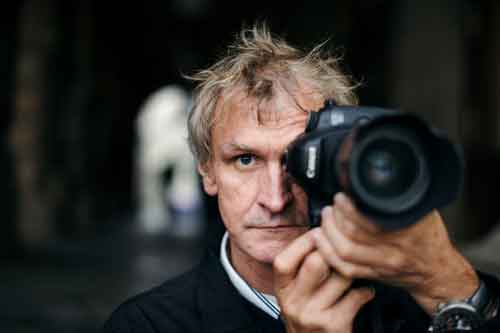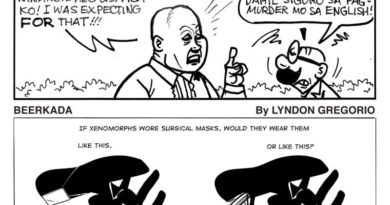WORLD PHOTOGRAPHY: World Press – Czech World Press Photo Awardee to showcase works at Philippine National Museum
Known for his captivating photographs from different parts of the world telling stories of mankind’s struggles and triumphs, Czech photographer Jan Šibík will showcase his unparalleled collection of photographs covering the last ten years.
Since the beginning of Šibík’s career, he has been “on-spot” where important things happen. Thus, in his exhibition, there will be fifty masterpieces genuinely captured from different parts of Europe, Asia and Africa mirroring the notable events of the past decade. From calamities that shook the world to its knees such as Typhoon Yolanda’s devastation in the Philippines, the earthquake in Haiti, to the sights of refugees in Greece and Hungary and the conflicts affecting thousands of people in Egypt and Ukraine, Šibík has achieved to deliver the faces of the world “without filter”.

.
“In these complicated times of the world, it is important that we show unfiltered images of the events that had happened. As I know Jan Šibík for a quarter of a century since we met in post-genocide Rwanda and traveled together also in conflict-ridden Liberia and Sierra Leone, he is the man that can make this possible, through his utmost dedication to his craft and ideals,” Czech Ambassador Jaroslav Olša, Jr. mentioned.
Šibík is the acclaimed World Press Photo awardee in 2004, twice winning the Czech Press Photo award, as well as, the Fuji Press Photographer award. In his home country, Šibík is the laureate of the June 1 award, presented by the City of Pilsen for the promotion of the ideas of democracy and defense of human rights.
For over thirty years, Šibík has witnessed and documented wars in such countries like Afghanistan, Iraq, Libya, Chechnya, Liberia, and the former Yugoslavia. He was also present as witness to many revolutions all over the world, saw and memorized significant moments in history such as the burial of former Palestinian leader Yasser Arafat. As a prized photographer, he was also able to take photos of controversial circumstances; the life in slums in Kenya and the illegal diamond mining and massacres in Sierra Leone. Šibík used the power of his lens not only to give focus to these stories of humanity but to evoke emotions to its viewers.
To date, Šibík has published four photographic books: “For All the Tears in the World” (1997), “The Devil Inside Us” (2001), and “Stories” (2006). His latest one, covering the last decade of his work, which is the bases for the exhibition is titled simply “Šibík” (2017), its cover highlights one of the photographs made in Tacloban.
Apart from his artistic pursuit, Šibík has organized various humanitarian campaigns. Back in 2000, he advocated for handicapped children in his project, “Lend a Helping Hand to the Children of Sierra Leone,” and another campaign five years later, in 2005, where he began the initiative for AIDS victims in Odessa.
Šibík will personally open his featured photography exhibition, in partnership with the National Museum of the Philippines, on February 19. It will be open to the public from February 20 to April 22. Entrance to the exhibition is free. / THE MANILA TIMES / ON EXPATS & DIPLOMATS
.
NOTE : All photographs, news, editorials, opinions, information, data, others have been taken from the Internet ..aseanews.net | [email protected] |For comments, Email to : Goldenhands Arts Club | [email protected]| Contributor










